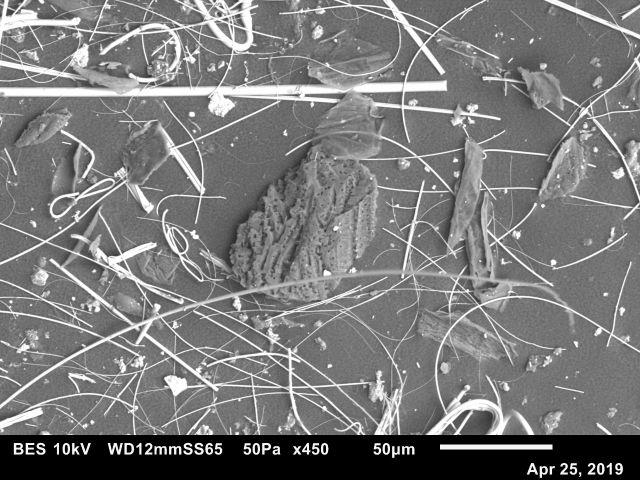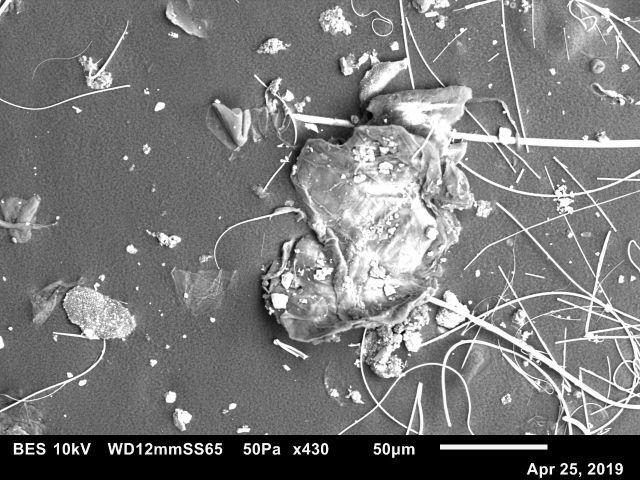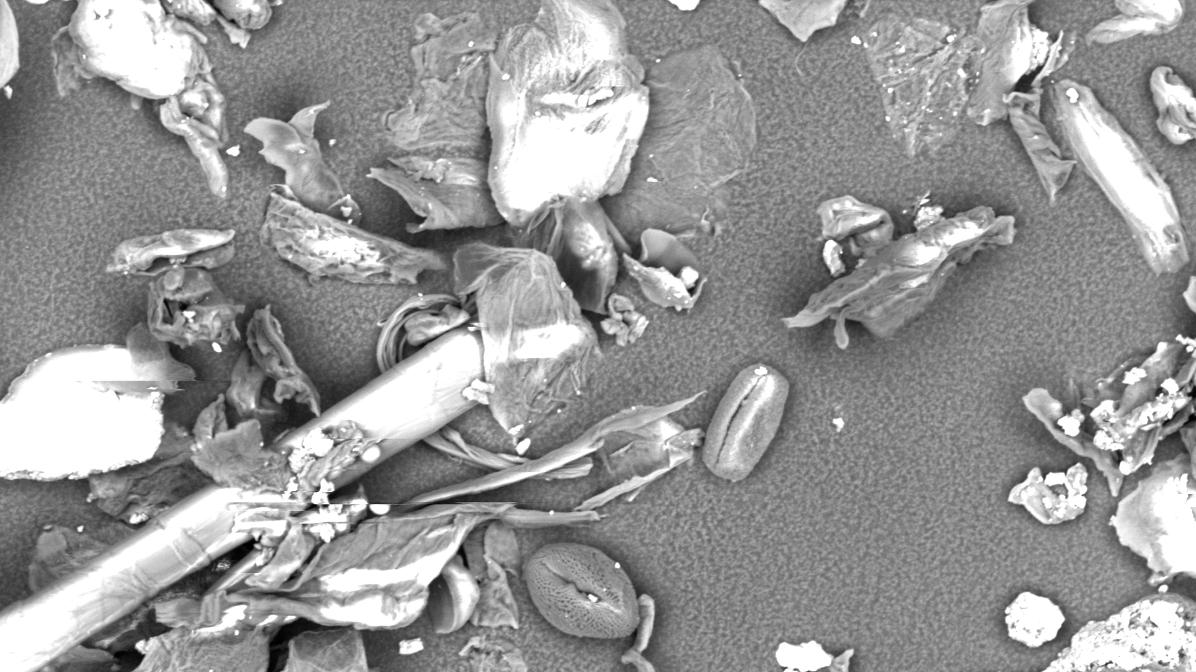New research¹ reveals that 3 in 5 people in the UK have been cleaning their homes more often since last March – but could a lack of education around household dust be impacting our wellbeing?
We take a tour behind the scenes of Dyson’s top-secret dust science facilities and talk to in-house experts to find out more. Download and read Dyson’s Global Dust Study report, conducted during 2020, to learn how cleaning habits changed all over the world.
-
Today, Dyson unveils the results of its first ever annual global dust study, investigating people’s cleaning habits and behaviours and delving deeper into our understanding of household dust and the impact it can have on our wellbeing. The study², undertaken by 10,754 respondents from 10 countries around the world, found that even though dust is cause for concern and a trigger for cleaning, few are aware of what actually is in their dust.
Over half (59%) of people around the world are cleaning more frequently since last March, and 1 in 4 respondents are “extremely worried” about the dust in their home. Similarly, in the UK, 54% of people involved in the study are cleaning more often, and a third (30%) of respondents in the UK are concerned about the dust they’re collecting, but many remain uncertain about the potential link between household dust and viruses³ and other microbial life.
-
-
“It’s safe to say that very few of us think about what’s in the dust in our homes,” says Dennis Mathews, Research Scientist in Microbiology at Dyson. “Beyond the visible components of dust, our general understanding of its invisible make-up is relatively limited,” he adds. Household dust is a complex matrix of particles, that can include dead skin cells, hair, dust mites, dust mite faeces, bacteria, viruses, mould, small insects and other fibres. Many of these particles are only visible under a microscope, so its unsurprising that most people lack clarity on the dust in their indoor environments.
-
“It’s those invisible components that can impact our wellbeing,” explains Dennis⁴ . “That’s why it’s important that people understand household dust – even the dust they can’t see – and how best to remove it. If people were more aware of what was in their dust and how it thrives, perhaps they would be empowered to know where to focus their time and attention when cleaning their homes to support their wellbeing”.
In fact, the Dyson Global Dust Study found that 1 in 5 were surprised to discover that viruses can be present in household dust⁵ (22% in the UK) and less than 5%⁶ know that dust mites and their faeces are constituents of dust at all (3% in the UK). In reality, research suggests that house dust mite faeces are the most important inducers of allergenic diseases worldwide⁷.
-
What is dust?
Household dust is a complex matrix of components that can include dead skin cells, hair, dust mites, dust mite faeces, bacteria, viruses, mould, small insects and other fibres and particles. Many of these particles are only visible under a microscope and can impact our wellbeing.
-
A microscopic rubber particle found in a dust sample that measures roughly the width of a human hair.
-
“Initial studies indicate a link between dust and viruses, but more research is needed to really understand it,” explains Dennis. “But what this global study does show is that more education is needed around what makes up the dust in our homes,” he points out. “As we’re spending more time indoors, it is important for people to realise that dust can impact our wellbeing – and that even more of us should be cleaning on a daily basis.”
Indeed, while people do tend to agree that having less dust in the home positively affects wellbeing (77%) and a third of respondents state that the main reason they clean up dust is to ensure the people in their homes feel well⁸, the wellbeing impact of dust is largely unclear. “We hope that this research shows that when we think about dust, we shouldn’t ignore those microscopic particles that can impact our wellbeing. Cleaning shouldn’t stop at the dust we can visibly see” explains Dennis.
It’s the reason why at Dyson we’ve spent almost 20 years studying real dust and why our engineers and microbiologists work together to design machines that remove the visible dirt and debris from your home easily, as well as pick up and filter out microscopic particles from household dust – keeping your home clean and hygienic.
-
What are dust mites?
Dust mites are microscopic arachnids that have lived on earth for millions of years. As humans moved indoors, so too did mites. They can’t cause humans harm, but their faeces contain proteins that trigger allergies and can impact our wellbeing.
-
Skin is one of the main constituents of household dust and forms the diet of house dust mites.
-
From daily cleaning to dealing with entrenched dirt and stains, Dyson engineers James McCrea and Dr Calum Robertson share their top tips on how to keep your carpet clean.
-
We spend roughly a third of our lives in our beds, but studies show that hardly any of us regularly prioritise our mattresses as part of our cleaning regimens. Dyson engineers share top tips on how to keep your mattress clean – and tackle the microscopic life lurking beneath the sheets.
Press contacts
-
Jordan Helterbrand
-








